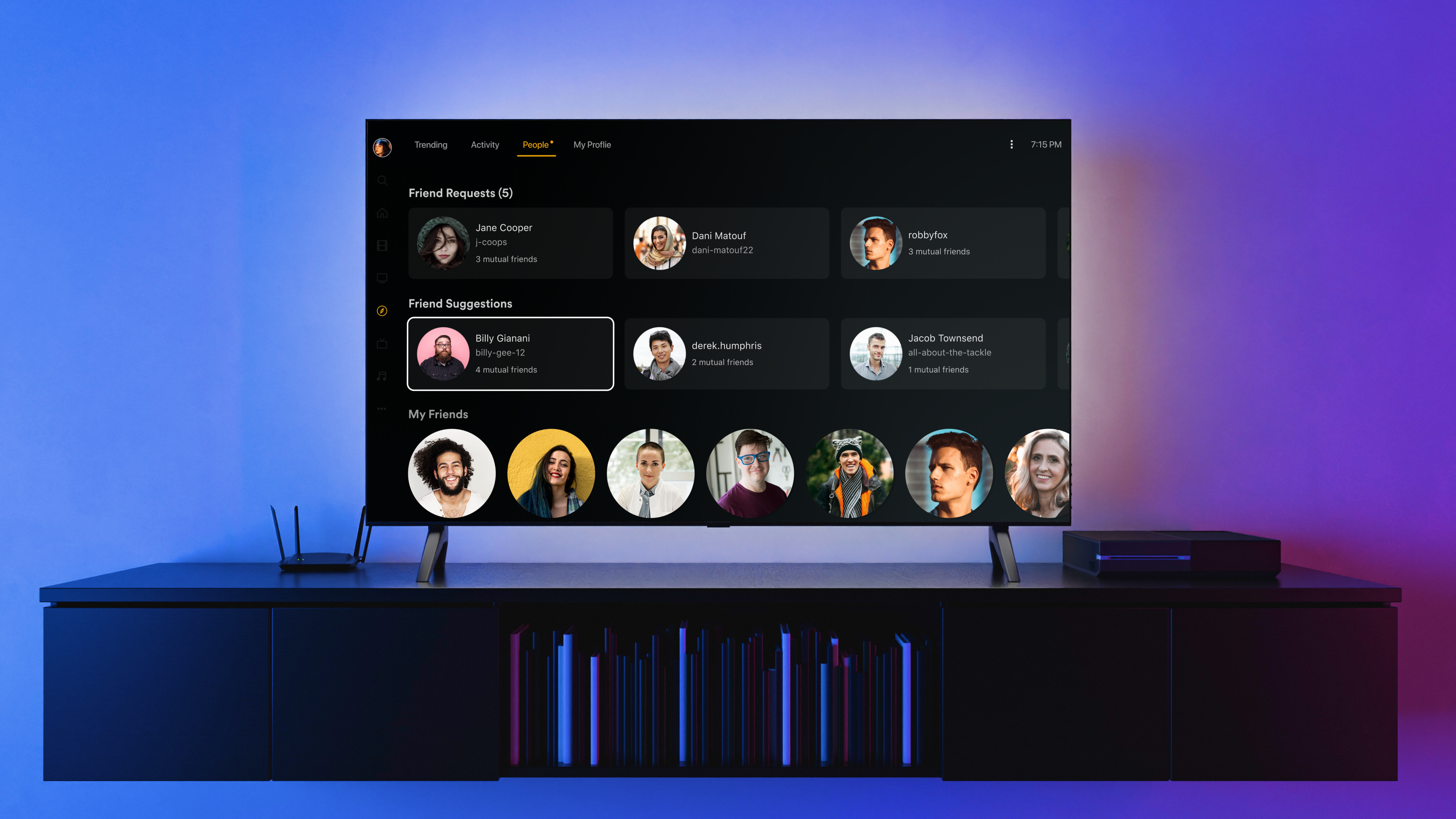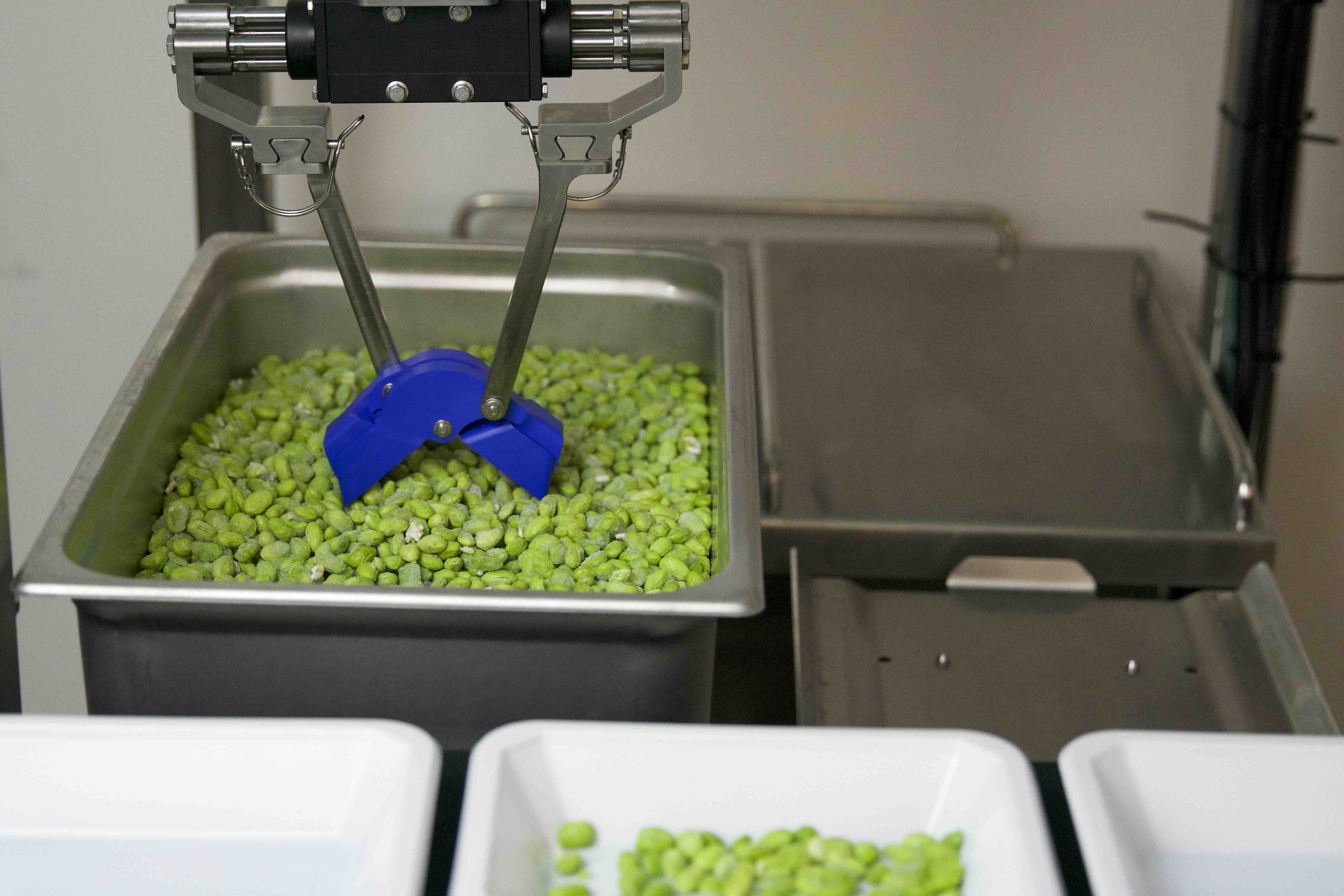
When AI companion startup Friend revealed it had spent $1.8 million on buying the www.friend.com domain name last week, it set off a debate around what exactly branding is worth, and how startups should be spending cash. Founders of other companies like Loom and Public came forward to share stories of their own quests to lock down a domain, but the questions continued rolling in: Did Friend overspend for its domain? Will it really make a difference?
Avi Schiffmann, the founder and CEO of Friend, told TechCrunch over email that the purchase has already paid for itself. And there may be a method to the madness, given that buying domain names for millions of dollars isn’t particularly a new thing — Tesla paid an estimated $10 million over the span of a decade for “tesla.com,” and mortgage startup Better.com paid $1.8 million for its domain in 2015, the year it was founded. And according to some reports, OpenAI apparently paid $11 million for “ai.com.”
Alex Harris, a co-founder of startup marketing firm Fiat Growth and founding GP at early-stage VC firm Fiat Ventures, told TechCrunch that getting the name, domain and branding right can have a big impact on how a company grows.
The right name or domain can help startups be not only easy to find but also easy to remember, Harris said. He added that “.com” domains are king (sorry “.ai” companies) — and shorter is always better when it comes to names or domains.
“In many cases, the name is critical when there is any kind of word-of-mouth [promotion],” Harris said. “The name is easy to spell, easy to say. These are some of the things we talk about that are really quite simple, but a lot of people ignore [them].”
Olivier Toubia, a marketing professor at Columbia Business School, said one nuance to consider when thinking of a name is how often you want customers to interact with your business. If it’s a consumer product that users will turn to often, or software that businesses will use every day, coming up with something unique and memorable like Google or Twitter could be a smart play.
And if a company’s product is something that users turn to less often, or only when they need to, it’s better to choose a name that is generic enough to easily come up on search engines.
“If you [are] a product or service that [people] won’t necessarily use very frequently or maybe when they need you, they will Google or search for you,” Toubia said, pointing out how someone may search for a locksmith if they were locked out of their apartment.
And in the case of startups that customers don’t interact with on a daily basis —think healthcare companies — most of the big ones like Spring Health and Cityblock Health all have “health” in their name to make it clear what they do, as well as for SEO purposes.
Harris feels getting the name and domain right adds a touch of legitimacy to businesses. A professional-sounding name and domain helps people trust a company if they haven’t heard of it before, be they customers, potential hires or even investors.
“We all get emails from [companies] with a super long domain or weird domain extension, and it de-legitimizes it,” Harris said. “If you have a domain that is desirable, [people] pay attention.”
Harris also feels spending $1.8 million on a domain, as Friend did, isn’t as crazy as it may seem at first. He said that if buying that domain helps the company’s business, which he predicts it will, that purchase will pay for itself over time. And a good domain like that can double as solid IP that can be sold if needed.
Caution.com
Larger companies can probably afford to spend millions on branding, but does it make sense for startups that are still building a product and going to market?
Harris and Toubia both warned that there are things to keep in mind here, of course. In Friend’s case, both said the amount of money spent on buying the domain name is only going to be worth it if it isn’t preventing the startup from actually building a product.
“The name is important, but you have to sell and develop a product,” Toubia said. “If you already burned 70% of the cash and don’t have a product, investors may not be very happy with that. That may hurt your ability to raise [more money] in the future.”
There are clear advantages to locking in your branding early on, but companies must also make sure they don’t paint themselves into a corner with a name or branding that could make it hard to pivot later, Toubia said. If a company completely changes its business down the line, or chooses a name that is subject to legal action, that early branding could prove costly.
It could also be risky to choose a name that is too similar to another company’s. If the companies are in wildly different sectors and wouldn’t confuse a potential customer, it probably won’t matter. But the stakes change dramatically if a company with a similar name commits fraud or another act that would result in a less-than-ideal association.
Even in less drastic terms, if a name is too similar, it could just cause general confusion, Harris said, like in the case of former New York City mayor Rudy Giuliani’s press conference at the Four Seasons Total Landscaping a few years ago.
Regardless of how Friend’s decision to purchase their costly domain works out, both Harris and Toubia both said the fact that we are talking about their decision to do so shows their strategy might already be working.
“It’s kind of like naming a kid,” Harris said. “You get to the point where you say, I almost don’t care anymore; these five names are fine, just pick one and be done with it. In that moment of frustration, be patient and push through. It is very important. Don’t settle on something because it’s easy, because it’s cheap. Think about the assets available and who you are competing against.”





